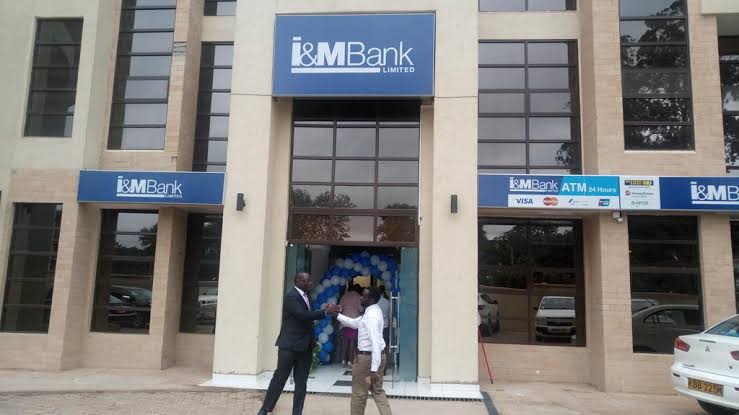I&M Bank is facing serious questions after a customer raised concerns about repeated losses during failed international money transfers. The issue involves how the bank handles exchange rates when a transfer does not go through.
Instead of refunding the amount at the same rate it was sent, I&M Bank appears to be using a lower exchange rate at the time of refund, which results in the customer getting back less money than they sent.
The customer believes this is not just a technical issue but a pattern that points to unfair banking practices.
The person who brought this issue to light on X is Njeri Thorne. She explained that she transferred £5,000 through I&M Bank at an exchange rate of 1 GBP = 175.28 KES.
However, when the transfer failed, the bank refunded her at 1 GBP = 171.08 KES. This meant she lost about £120 due to the rate difference. She said this is not the first time it has happened and called it a scam.
Her post has gained attention and is pushing more people to question how I&M Bank handles refunds for failed international transfers.
Looking into common banking practices, it is true that many banks refund using the current exchange rate at the time the money is returned. This is mentioned by other banks which clearly state that returned funds will be converted at the bank’s current buying rate on the day of the refund.
While this may be standard, it becomes a problem when the rates drop greatly or when banks are not clear about how the process works. In this case, I&M Bank’s website does not give a clear explanation of how they calculate the exchange rate when issuing refunds. This lack of information raises concerns about transparency.
According to Njeri Thorne, she has had a successful history using the same details before, but when transactions fail, the refund always comes back with a lower exchange rate. That consistency suggests it might not be a coincidence. If this is happening to other customers too, then I&M Bank may be profiting unfairly from failed transactions, especially when the refund rate is lower than the original rate at the time of transfer. This means customers are losing money even when the service they paid for wasn’t completed.
Historical exchange rate data also shows that the rates used by I&M Bank in the refund are suspiciously lower than the average market rates at the time. For example, if the market showed rates between 173 and 175 KES per GBP, refunding at 171.08 KES seems unusually low and hard to justify unless the bank was using outdated or manipulated rates. While it is true that currency values can shift, the drop in rate used in this case seems too steep to ignore.
The real problem here is not just the money lost, but the feeling that customers are being kept in the dark. The bank has a duty to explain how such refunds are calculated and why certain rates are used. When people trust a bank with their money, they expect fairness, especially when things go wrong.
The fact that I&M Bank does not openly publish its policy on this matter makes the situation even worse. Customers like Njeri deserve clear answers, not vague promises or hidden terms.
If this is indeed a standard procedure, then the bank should at least inform customers before the transfer is made. Otherwise, it gives the impression that the bank benefits when transfers fail, which is a serious breach of trust.
I&M Bank must address this issue and make its policies transparent.



